Aldrich, Elizabeth. From the Ballroom to Hell: Grace and Folly in Nineteenth-Century Dance. Evanston, IL: Northwestern University Press, 1991.
A fascinating study of dance, manners, and music in the nineteenth century. A dance-focused cultural history of that century is followed by an exhaustive anthology of excerpts from etiquette and dance manuals of the period. This work concludes with two bibliographies, one alphabetical and one annotated.
Armstrong, Don. The Caller/Teacher Manual for Contras. Los Angeles, CA: Sets in Order, American Square Dance Society, 1973.
A collection of 101 contras with calls and tips for callers. The dances vary widely in type and complexity and include some Sicilian circles and some in Portland fancy formation. Intended for club callers who are more familiar with squares.
Butenhof, Ed. Dance Parties for Beginners. Mack’s Creek, MO: The Lloyd Shaw Foundation, 1990.
A one-night stand handbook of 100 easy dances intended to supply club callers with pertinent advice and material for use with beginners. Includes many squares and novelty dances as well as a few contras and folk dances.
Callens, Philippe. Keep on Swinging. Lovendegem, Belgium: Anglo-American Dance Service, 1992.
A fine collection of 24 New England-style squares, contras, circles, and triplets. The same material is written in both English and Flemish.
CDSS. GEMS: The Best of the Country Dance and Song Society’s Diamond Anniversary Music, Dance and Song Contest. Northampton, MA: The Country Dance and Song Society, 1993.
A diverse collection of American and English dances and tunes including some by several of the most talented dance choreographers and music composers on the current scene.
Dalsemer, Bob. New England Quadrilles and How to Call Them. Baltimore, MD: The author, 1985.
A modest guide to calling New England style squares. Included are 12 contemporary dances and 12 examples of introductions, middle breaks, and endings.
Dalsemer, Bob. Smoke on the Water: Square Dance Classics. Baltimore, MD: Traditional Caller Productions, 1989.
This companion booklet to a cassette tape TC123 (with calls) and TC124 (without calls) contains the words, directions, and music for ten of the most popular singing squares.
Dalsemer, Bob. When the Work’s All Done: A Square Dance Party for Beginners and Old Hands. Baltimore, MD: Traditional Caller Productions, 1990.
This is a companion booklet to the cassette tape TC125 (with calls) and TC126 (without calls). It contains ten dances presented in the approximate order that Dalsemer would use them in a program at a one-night stand. Each dance is clearly described and accompanied by appropriate music.
Dart, Mary McNab. Contra Dance Choreography: A Reflection of Social Change. Hamden, CT: Garland Publishing, 1995. Available in the CDSS Online Library.
I highly recommend this book to all serious callers. It is an excellent study of the contra dance scene circa 1992 focusing on the substantial influence that choreography has had on the activity.
Fix, Penn. Contra Dancing in the Northwest. Spokane, WA: The author, 1991.
This book contains a comprehensive history of square and contra dancing in the Northwest United States, a series of essays about dancing events, advice to leaders, dancers, and musicians and a section containing 33 fine contras written by Fix along with 14 appropriate tunes. An extensive listing of contra resources in the Northwest completes this interesting and useful book.
Gaudreau, Herbie. Modern Contra Dancing. Sandusky, OH: Square Dance Magazine, 1971.
A collection of 50 contras written by Gaudreau, the first advocate of “equal” contras. At a time when the dancers in a contra line were either active or inactive, Gaudreau composed these “busy” dances that didn’t require those designations. His intention was to attract club dancers but the dances were so well contrived that they quickly caught on with traditional contra dancers as well. By far the most popular dance in this collection is Becket Reel. The book is out of print; however, most of the material in it was culled from Gaudreau’s monthly “Contra Corners” column in the New England Caller, published from 1995 to 1967, and now archived at SDFNE.
* Gunzenhauser, Margot. The Square Dance and Contra Dance Handbook. Jefferson, NC: McFarland & Company, 1996.
A comprehensive guide to American country dancing. An interesting overview of the square and contra dance scene in the United States, by an American now living in Denmark, it includes an insightful discussion on calling techniques, dance music, programming, dancing style, and related subjects. There are 54 dances in a variety of formations including squares, contras, and circle mixers. Each dance is explained thoroughly with diagrams as necessary and many are accompanied by easy-to-read music. This is an English revision of the book, first published in 1988 in Denmark.
Gunzenhauser, Margot. Square Dancing and Contra Dancing at School. Virum, Denmark: Square Dance Partners Forlag, 1991.
An assortment of 44 well-chosen dances in square, contra, or circle formation for use with children. A section on teaching tips and an illustrated glossary are included in this attractive loose-leaf binder. A special bonus is the inclusion of six instrumental cassette tapes with twelve very usable tunes or medleys of contra dance length.
Harris, Jane A., Anne M. Pittman, and Marlys S. Waller. Dance A While, 7th edition: Handbook of Folk, Square, Contra and Social Dance. Minneapolis, MN: Burgess Publishing Co., 1950 and further editions in 1955, 1964, and 1968; New York: Macmillan College Publishing Co., 1978 and 1988; Boston, MA: Allyn and Bacon, 1994. Buy at Amazon [Tenth edition]
This impressive tome (551 pages in the 7th ed.) is used as a textbook in colleges of physical education, and a more complete recreational dance book would be hard to envision. In the 1994 edition the contra section includes a nice mix of 35 dances, including many of the classic contras, as well as a good selection of those by contemporary composers.
Hinds, Tom. Dance All Night. Arlington, VA: The author, 1989.
A collection of 30 original contras, squares, and circle dances. Hinds displays some interesting choreography in a number of unusual dances.
Hinds, Tom. Dance All Night II. Arlington, VA: The author, 1991.
A second collection of fine dances written by Hinds. Thirty-five contra, square and circle dances including many that I have added to my repertoire.
* Hinds, Tom. Dance All Night III. Silver Spring, MD: The author, 1992.
Thirty-one more original contras and squares illustrating Hinds’s choreographic skill.
Holden, Rickey, Frank Kaltman, and Olga Kulbitsky. The Contra Dance Book. Newark, NJ: American Squares, 1956; Lovendegem, Belgium: Anglo-American Dance Service, 1997.
A compilation of contras and progressive circle dances from available American literature between 1850 and 1953. A good source for many of the old “chestnuts” and for bibliographical references and alternate dance titles.
Hubert, Gene. Dizzy Dances. Columbia, MO: The author, 1983.
A collection of 50 “contemporary dances in the traditional style” written by Eric Zorn, David Harris, or the author. Included among 39 contras, nine squares and two circle mixers are several real gems.
Hubert, Gene. Dizzy Dances Volume II. Columbia, MO: The author, 1986.
A collection of 27 very fine dances written by Hubert including five contras from his first book. Hubert exhibits a composing style that produces smooth flowing dances. Many dances from this volume are in my repertoire and three of them are in Swing the Next.
Hubert, Gene. More Dizzy Dances Volume III. Greensboro, NC: The author, 1990.
A third collection of interesting dances composed by Hubert. Forty-three New England style contras, squares, and circle mixers including many unusual ones that are best suited for experienced dancers.
* Jennings, Larry. Zesty Contras. Cambridge, MA: New England Folk Festival Association, 1983.
A vast collection of 480 contras, triplets, and New England style dances in other formations is preceded by an informative and provocative text which tackles every aspect of calling, producing, and making music for a successful contra dance series. The concise coded dance transcriptions are full of useful information for those who make the effort to study them. Many of the dance descriptions include variants of the original, bringing the grand total to well over 500.
Kaynor, David. Calling Contra Dances for Beginners by Beginners. Montague Center, MA: The author, 1991; Revised 1993.
An interesting book, written in conversational style, in which Kaynor discusses his philosophy and techniques for involving new dancers and offers suggestions for new callers and musicians. Sixteen simple dances are included.
* Keller, Kate Van Winkle and Ralph Sweet. A Choice Selection of American Country Dances of the Revolutionary Era 1775-1795. New York, NY: The Country Dance and Song Society, 1975. Revised Northampton, 1993. Out of stock.
Twenty-nine progressive longways dances from five hand-written manuscripts dating from 1775 to 1795. Each dance is carefully described with a proper tune, so that it can be performed in the style of the period. A useful glossary is provided.
* Linnell, Rod and Louise Winston. Square Dances from a Yankee Caller’s Clipboard. Norwell, MA: The New England Square Dance Caller, 1974. Reprinted by NEFFA, 2002.
A collection of 63 dances (mostly squares) by this master caller. All but a few were composed by Linnell who had a talent for choreography. Included are the five Rod’s Quads, cleverly devised double quadrilles that awakened many to Linnell’s choreographic skill. This book was finished by Winston as a labor of love from sketchy notes found on Linnell’s clipboard at the time of his sudden death in 1966.
Marks, Joseph E., III. America Learns to Dance. Brooklyn, NY: Dance Horizons republication of a work published by Exposition Press, New York, 1957.
An excellent historical study of dance education in America before 1900. This scholarly work delves into the subject chronologically with sections on dance education in the 17th, 18th, and 19th centuries and includes extensive citations for each period.
Melamed, Lanie. All Join Hands: Connecting People Through Folk Dance. Montreal, Quebec: The author, 1977.
A collection of 48 folk, square, contra, and novelty dances with several singing games and a thoughtful discourse on the subject of dance leadership.
* Mills, Bob. All Mixed Up Revised Edition: A Guide to Sound Production for Folk and Dance Music. Belle Mead, NJ: The author, 1994; Revised 1996.
A handy reference for all who deal with sound reinforcement at dances. Basic information plus solutions to common amplification problems are given. A removable insert is included to provide the most important tips in a convenient form.
* Morrison, James E. Twenty-Four Early American Country Dances: Cotillions and Reels for the Year 1976. New York, NY: Country Dance and Song Society, 1976; Revised 1996.
A collection of dances from the late 18th century as found in handwritten and printed manuscripts. Each dance is notated in its original wording and then described using modern terminology and accompanied by a specific tune. A glossary is provided to help with unusual figures.
Page, Ralph and Beth Tolman. (see Tolman, Beth and Ralph Page)
Page, Ralph. An Elegant Collection of Contras and Squares. Denver, CO: The Lloyd Shaw Foundation, 1984.
Over 60 of Page’s favorite dances are described in great detail. Included are most of the old “classic” contras as well as many of the contras and squares written by “contemporary” composers between 1940 and 1980. All this and 53 good tunes as well!
Page, Ralph. Heritage Dances of Early America. Colorado Springs, CO: The Lloyd Shaw Foundation, 1976.
Written to coincide with this country’s bicentennial, this is a collection of 25 contras dating from 1788 to 1808 (defined by Page as the “so-called Revolutionary War era”) plus one that is a combination of two dances from that period. These elegant dances, found by Page in old manuscripts, are described with the words from these documents and then translated into modern dance terminology. Because of Page’s research, dances such as British Sorrow, The Market Lass, and The Young Widow were resurrected from obscurity.
Page, Ralph. The Ralph Page Book of Contras.London, England: The English Folk Dance and Song Society, 1969.
This collection of 22 contras was compiled as a written record of the dances taught by Page during a 1966 tour of Great Britain. The dances are equally divided in number between the earlier (mostly triple minor) contras and those written by modern composers. Also featured are 44 fine tunes including 20 written by Page. (Also see Tune Books)
* Parkes, Tony. Contra Dance Calling: A Basic Text. Bedford, MA: Hands Four Books, 1992.
A very complete guide to calling New England contras. In part one, Parkes discusses the theory and practice of calling, including chapters on calling and teaching techniques, dance selection, and working with music. Part two deals with basic moves and dance routines in great detail and includes 18 dances with both directions and calls. A well-written glossary wraps up this valuable addition to any caller’s library.
* Parkes, Tony. Shadrack’s Delight and Other Dances. Bedford, MA: Hands Four Books, 1988. Out of stock.
A fine collection of 43 square, circle, and contra dances written by Parkes. All of the dances are characterized by interesting flowing sequences. A companion demonstration tape (HF101) is available with Parkes calling each dance at least twice through.
* Parkes, Tony. Son of Shadrack and Other Dances. Bedford, MA: Hands Four Books, 1993.
A second collection of 42 fine square, circle and contra dances written by Parkes. As expected, this sequel to Shadrack’s Delight is full of usable dances.
* Roodman, Gary M. Additional Calculated Figures, Vol. 2, 2nd edition. Binghamton, NY: The author, 1992. Revised, 2005.
A second collection of Roodman’s unusual dances. Fifteen English and American dances of which six are New England-style contras, three in four couple whole set formation. Suggested music for each dance is included.
* Roodman, Gary M. Calculated Figures. Binghamton, NY: The author, 1987.
An interesting collection of Roodman’s dances: three English and nine New England style, some in unusual formations. Suggested music for each dance is included.
Sannella, Ted. Balance and Swing. New York, NY: The Country Dance and Song Society, 1982; Revised, 1990. Out of Print.
A collection of 55 New England-style squares, contras, and triplets, mostly by the author, with appropriate music for each dance and a comprehensive glossary. Every dance description is followed by detailed notes giving tips for dancers and callers, and background information about the dance. A historical text relates the development of Boston area square and contra dancing from colonial times to the present. (Also see Tune Books)
* Sannella, Ted. Swing the Next. Northampton, MA: The Country Dance and Song Society, 1996.
A second collection of 80 New England-style squares, contras, and triplets, and circle dances by the author and others, with appropriate music for each dance and a comprehensive glossary. Every dance description has detailed tips for dancers and callers, and background information about the dance. Includes a special chapter on “Assessing Choreography.” (Also see Tune Books)
Tolman, Beth and Ralph Page. The Country Dance Book. Guilford, VT: The Countryman Press, 1937. Reprinted by A.S. Barnes and Co., New York (undated). Reprinted by The Stephen Greene Press, Brattleboro, 1976. Reprinted by Coles Publishing Co. Ltd., Toronto, 1980.
An anecdotal account of rural country dancing in New England before and at the beginning of the square and contra dance revival of the 1920s and 1930s. Along with historical vignettes, many dance descriptions are given including all of the “chestnuts.”
Twork, Eva O’Neal. Henry Ford and Benjamin B. Lovett: The Dancing Billionaire and the Dancing Master. Detroit, MI: Harlo Press, 1982.
An entertaining account of a little-known side of the famous auto maker, as a patron of country dancing, and of the dancing master he brought from Massachusetts to Michigan to teach dancing to his employees, friends, and local school children. Twork interviews old-timers in the area including relatives of Ford and Lovett to tell the story of the square dance revival in the 1920’s and the impact that these two men had on the resurgence of dance interest at that time.
Whynot, Roger. More of Whynot. Tonbridge, England: Jack Hamilton, [198?].
A second collection of Whynot’s unique dances. Twenty-three squares, contras, and circle dances including some choreographic delights.
Whynot, Roger. Why Not Dance With Me? Tonbridge, England: Jack Hamilton, [198?].
Twenty-four squares, contras, and circle dances composed by Whynot. Some of his more unusual choreographic ideas are included in these dances.
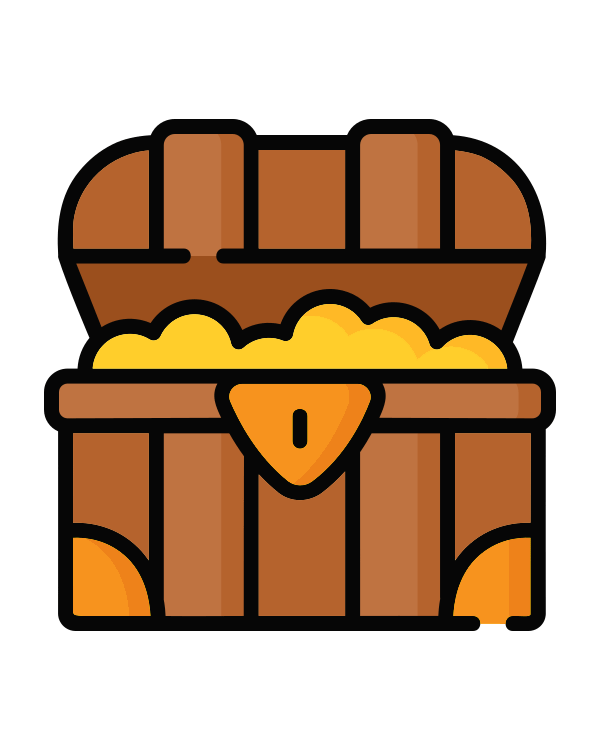
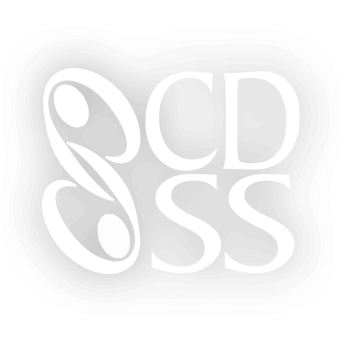
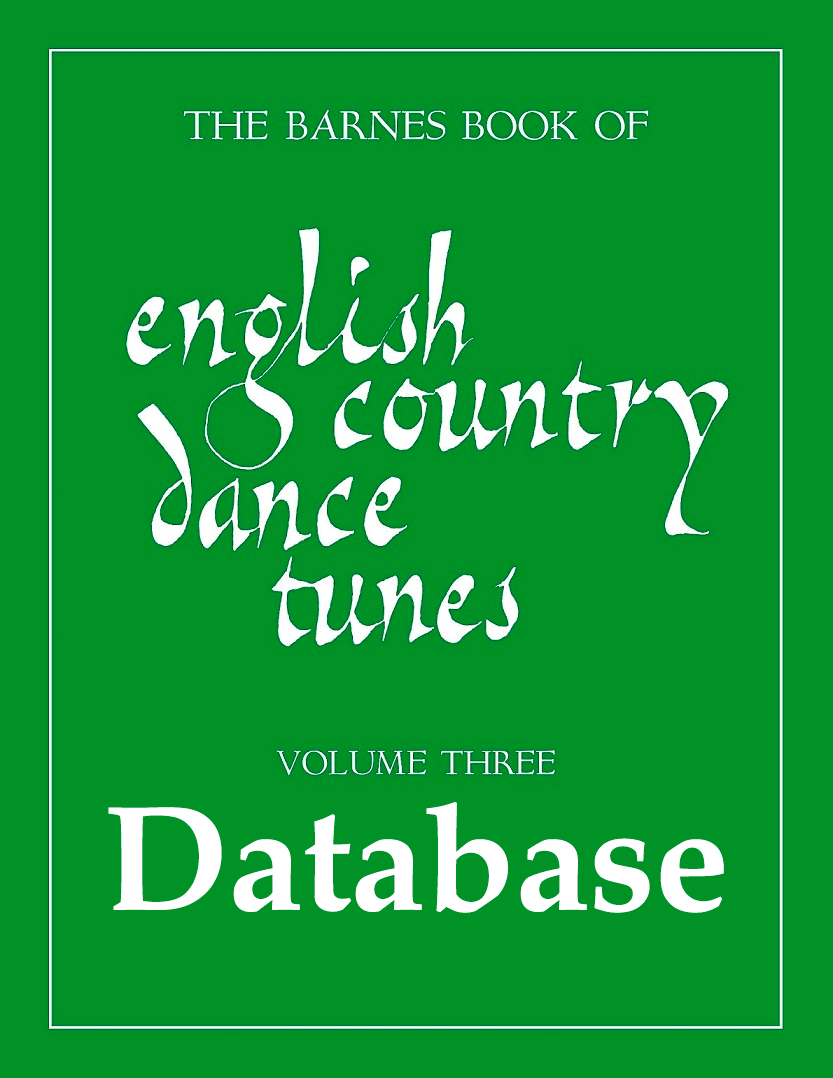

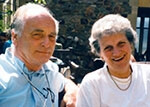
 Thanks to the Massachusetts Cultural Council for their generous support.
Thanks to the Massachusetts Cultural Council for their generous support.